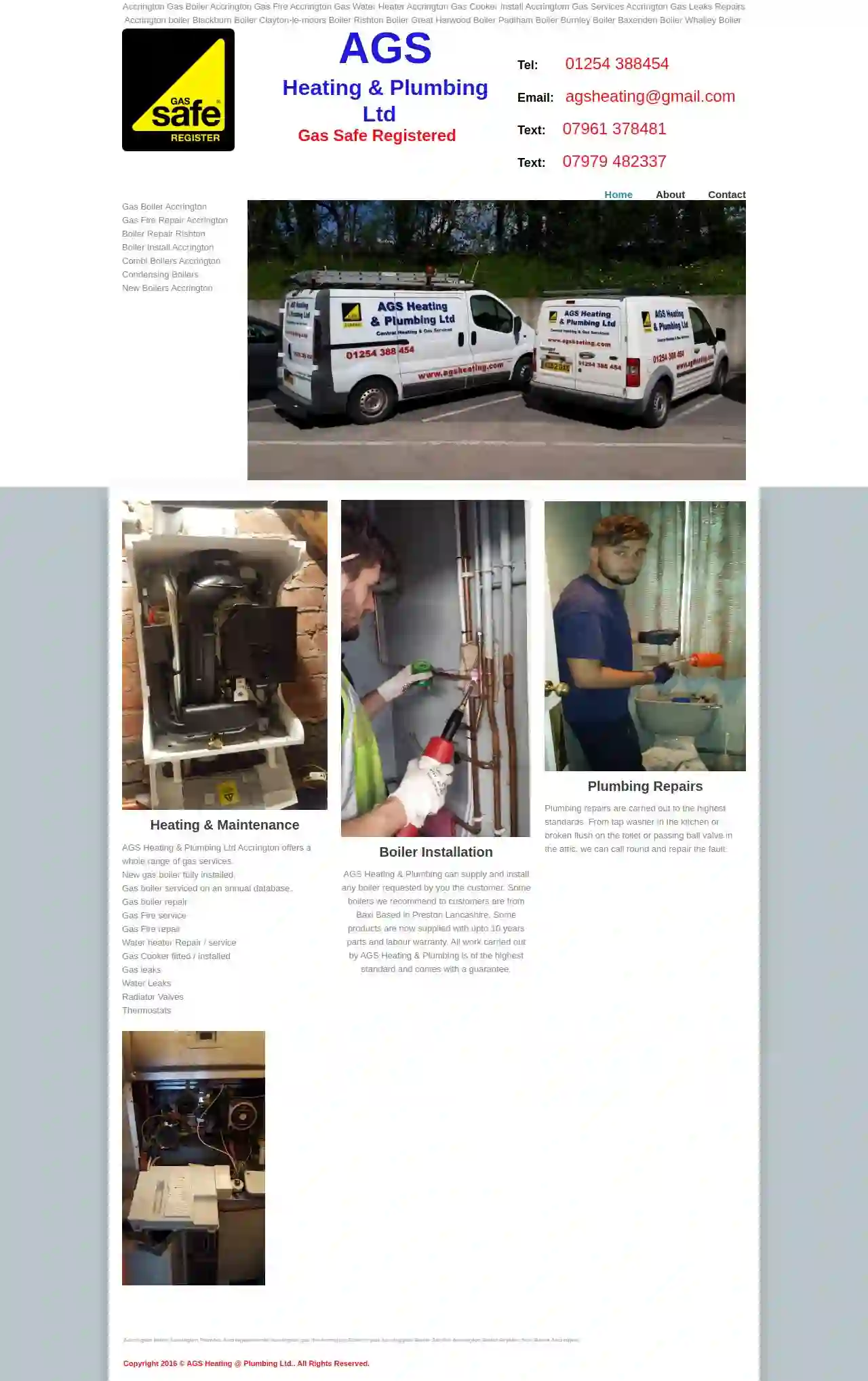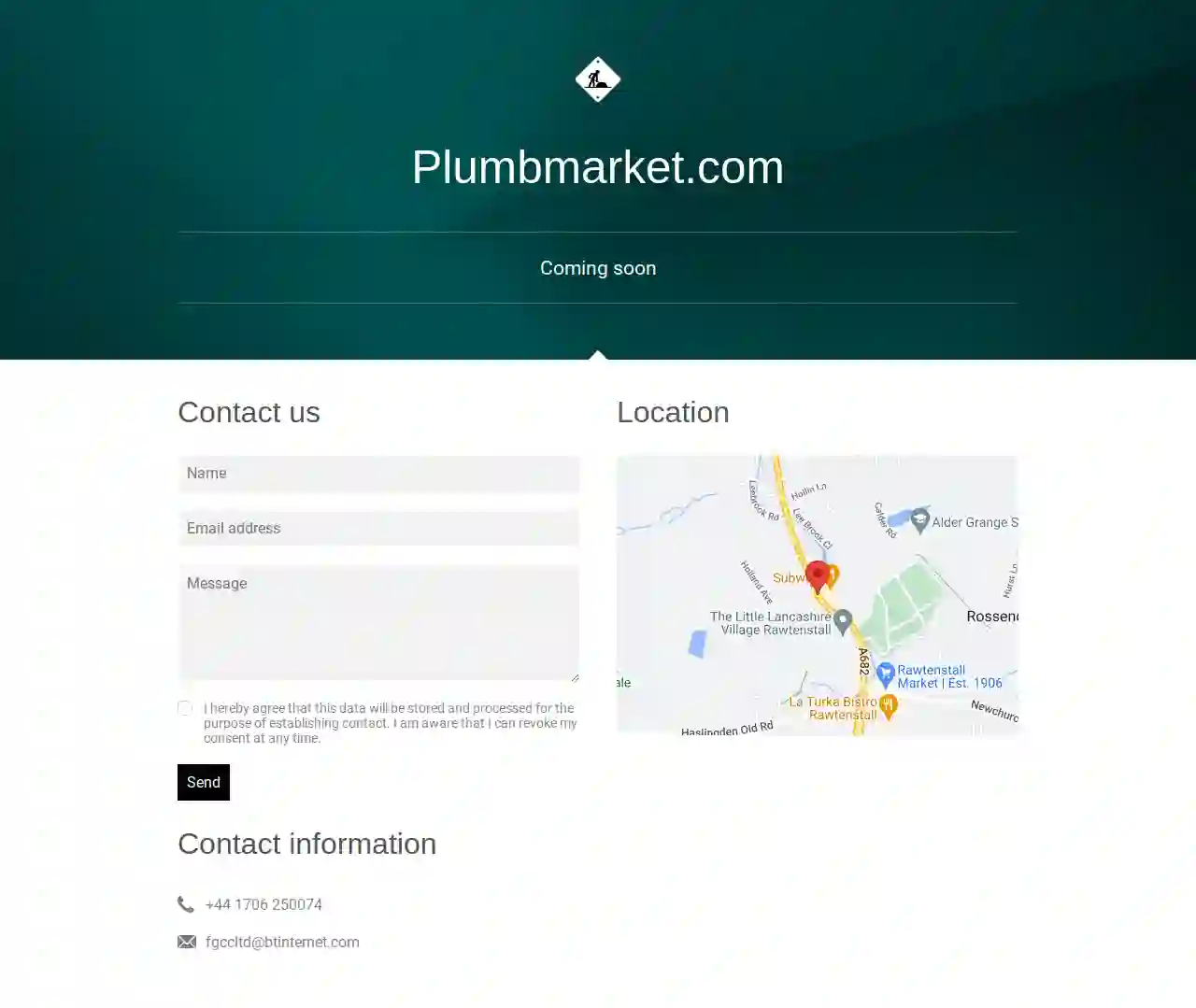Furnace Repair Accrington
Best Heating Repair in Accrington
Get multiple Furnace Service quotes for your project today! Compare profiles, reviews, accreditations, portfolio, etc... and choose the best deal.

C-Air Filtration Ltd
4.828 reviewsAccrington, GBC-Air Filtration Ltd is a leading provider of dust and fume extraction solutions. We offer a wide range of products and services to meet the needs of businesses in a variety of industries. Our team of experts has extensive experience in designing, installing, and maintaining dust and fume extraction systems. We are committed to providing our customers with the highest quality products and services at competitive prices.
- Services
- Why Us?
- Gallery
Get Quote
AGS Heating & Plumbing Ltd.
510 reviewsAccrington, GBAGS Heating & Plumbing Ltd is a gas services company based in Accrington. We offer a range of gas services including new gas boiler installations, gas boiler servicing, gas boiler repairs, gas fire services, and more. Our team of experienced gas engineers are Gas Safe registered and provide a high-quality service to our customers. We also offer plumbing repairs and maintenance services. Our company was established when two companies merged into one, Acclaimed Gas Services and Absolute Gas Services. Today, we are run by two original gas engineers, Nicholas Walmsley and Craig Yates, and have an apprentice, Sam Yates, who is working towards becoming a gas safe engineer. We have a team of experienced gas engineers who are Gas Safe registered and provide a high-quality service to our customers.
- Services
- Why Us?
- Our Team
- Gallery
Get Quote
Family Gas Care Co
1Accrington, GB- Services
- Why Us?
Get Quote
Over 1,991+ HVAC Businesses on our platform
Our HVAC contractors operate in Accrington & beyond!
HVACCompaniesHub has curated and vetted the Best HVAC Businesses arround Accrington. Find the most reliable business today.
Frequently Asked Questions about Furnace Repair
- Pilot light or ignition problems: If the pilot light is out, the burners won't light, and the furnace won't produce heat. Ignition issues are a common culprit.
- Thermostat issues: A faulty thermostat can prevent the furnace from turning on or make it blow cold air. Check your thermostat settings is set correctly and is sending a signal to the furnace to turn on.
- Overheating: If the furnace overheats, it could activate a limit switch. This is typically caused by a restricted airflow, often due to a dirty air filter.
- Ductwork problems: Seal any ductwork leaks to improve performance. Poorly insulated or leaky ducts can cause a variety of heating issues.
- Change the air filter regularly (every 1-3 months): A dirty filter restricts airflow, reducing efficiency and potentially damaging the system.
- Schedule an annual furnace tune-up: A professional technician can inspect, clean, and test all components, ensuring optimal performance and safety.
- Keep the area around the furnace clear: Remove any flammable materials or obstructions that could block airflow.
- Check and clean the furnace vents: Make sure vents are not blocked by furniture or other items.
- Install a programmable thermostat: This helps optimize heating schedules and save energy.
- Seal air leaks around windows and doors: This prevents heat loss and improves efficiency.
- Turn off the furnace: Set the thermostat to the 'off' position.
- Turn off the power: Locate the circuit breaker for your furnace and switch it off.
- Wait: Wait at least 30 seconds, though longer is sometimes recommended for the system to reset.
- Turn the power back on: Flip the circuit breaker back to the 'on' position.
- Turn on the furnace: Turn the thermostat back on and set it to your desired temperature.
Why is my furnace blowing cold air?
What are some tips for maintaining my furnace?
What is a heat exchanger in a furnace?
How do I reset my furnace?
Why is my furnace blowing cold air?
- Pilot light or ignition problems: In older furnaces, the pilot light needs to be lit for the burners to ignite. Ignition issues are a common culprit.
- Thermostat issues: An incorrectly set or malfunctioning thermostat can prevent the furnace from turning on or make it blow cold air. Check your thermostat settings is set correctly and is sending a signal to the furnace to turn on.
- Overheating: If the furnace overheats, a safety switch may shut off the burners, causing the blower to circulate cold air.. This is typically caused by a restricted airflow, often due to a dirty air filter.
- Ductwork problems: Leaks in your ductwork can allow heated air to escape into unconditioned spaces, reducing the amount of warm air that reaches your rooms.. This can also result in the furnace blowing cold air, especially if the leak is near the beginning of the ductwork run.
What are some tips for maintaining my furnace?
- Change the air filter regularly (every 1-3 months): A dirty filter restricts airflow, reducing efficiency and potentially damaging the system.
- Schedule an annual furnace tune-up: A professional technician can inspect, clean, and test all components, ensuring optimal performance and safety.
- Keep the area around the furnace clear: Remove any flammable materials or obstructions that could block airflow.
- Check and clean the furnace vents: Make sure vents are not blocked by furniture or other items.
- Install a programmable thermostat: This helps optimize heating schedules and save energy.
- Seal air leaks around windows and doors: This prevents heat loss and improves efficiency.
What is a heat exchanger in a furnace?
How do I reset my furnace?
- Turn off the furnace: Set the thermostat to the 'off' position.
- Turn off the power: Locate the circuit breaker for your furnace and switch it off.
- Wait: Wait at least 30 seconds, though longer is sometimes recommended for the system to fully power down.
- Turn the power back on: Flip the circuit breaker back to the 'on' position.
- Turn on the furnace: Turn the thermostat back on and set it to your desired temperature.